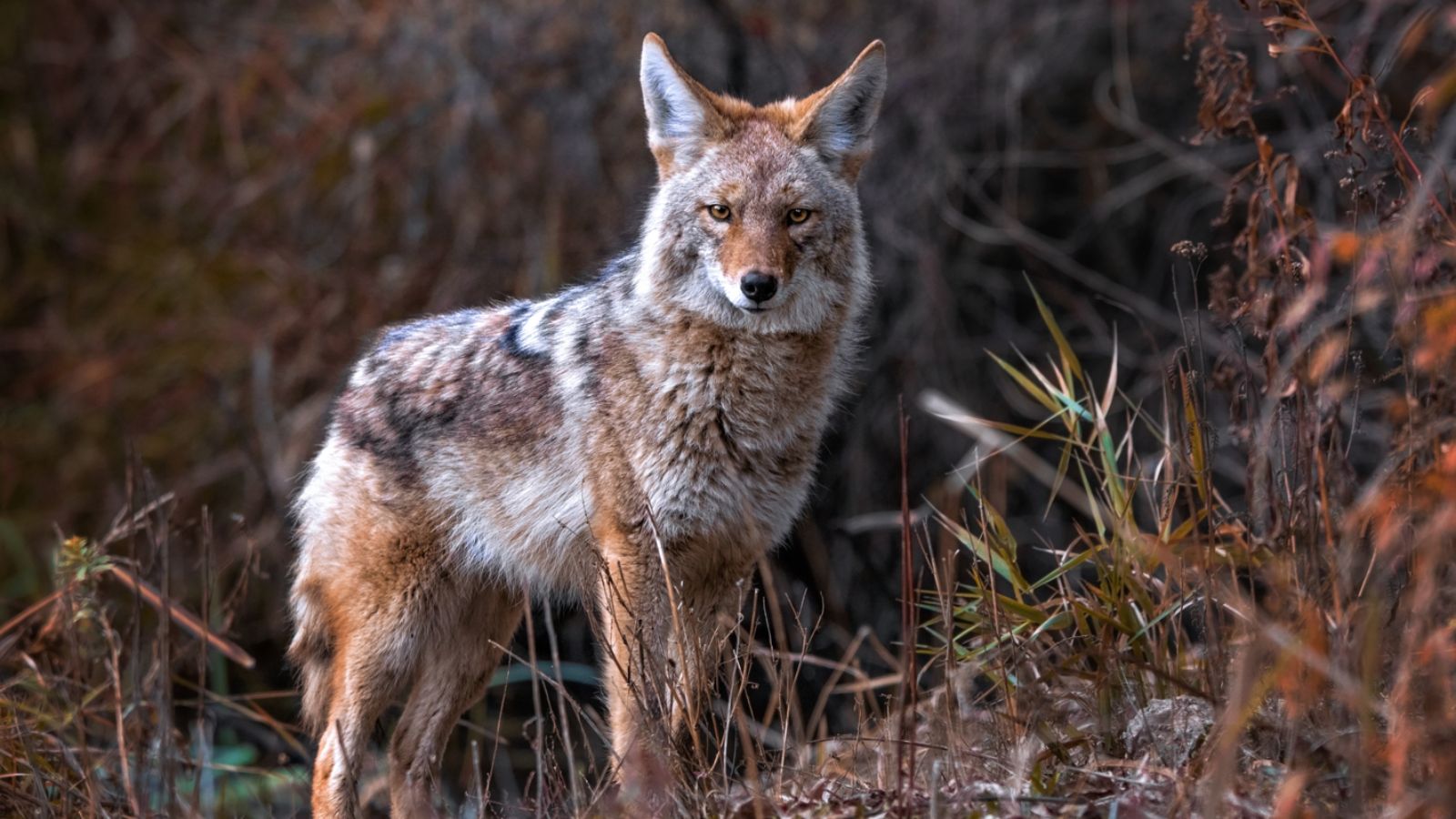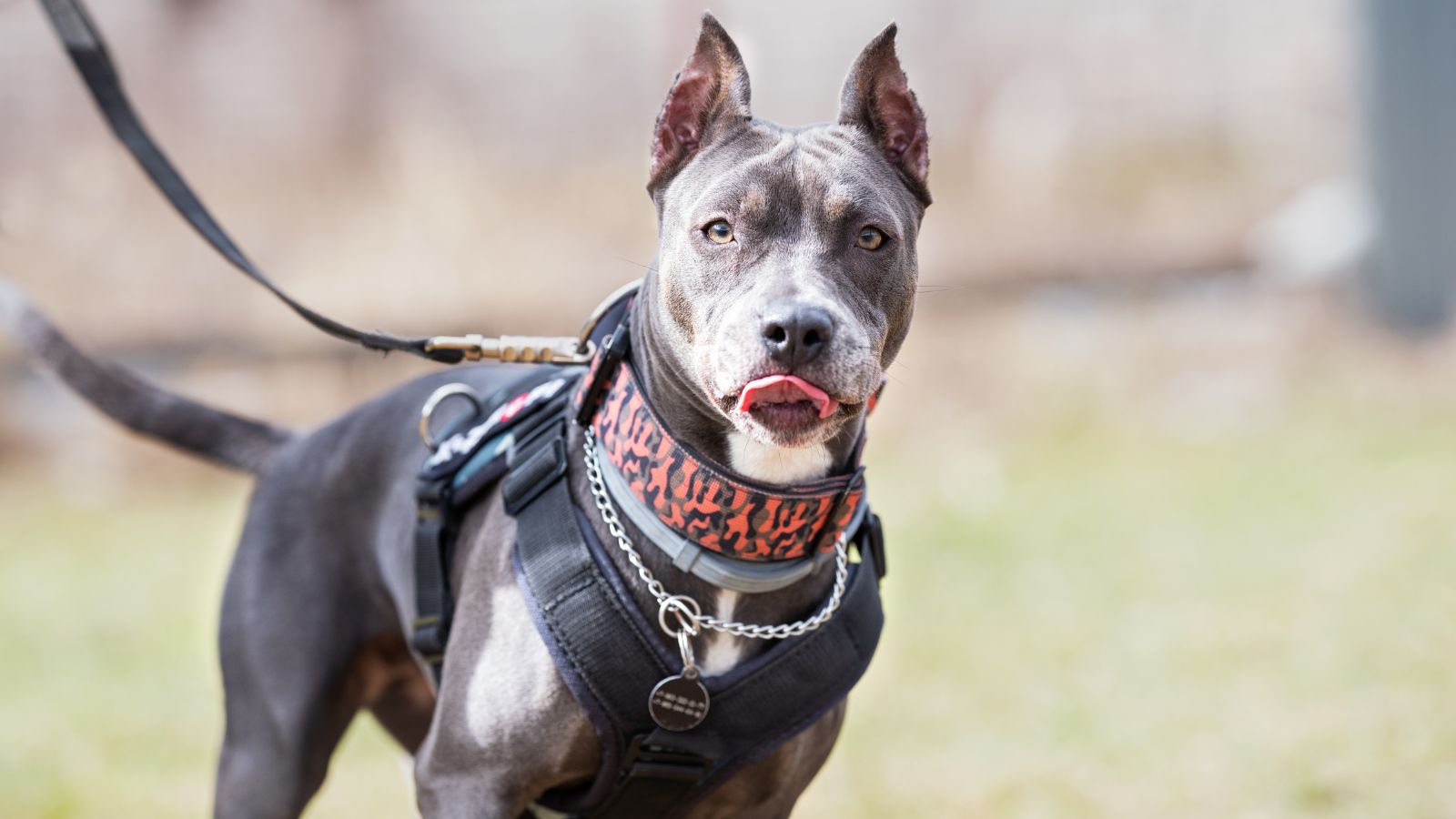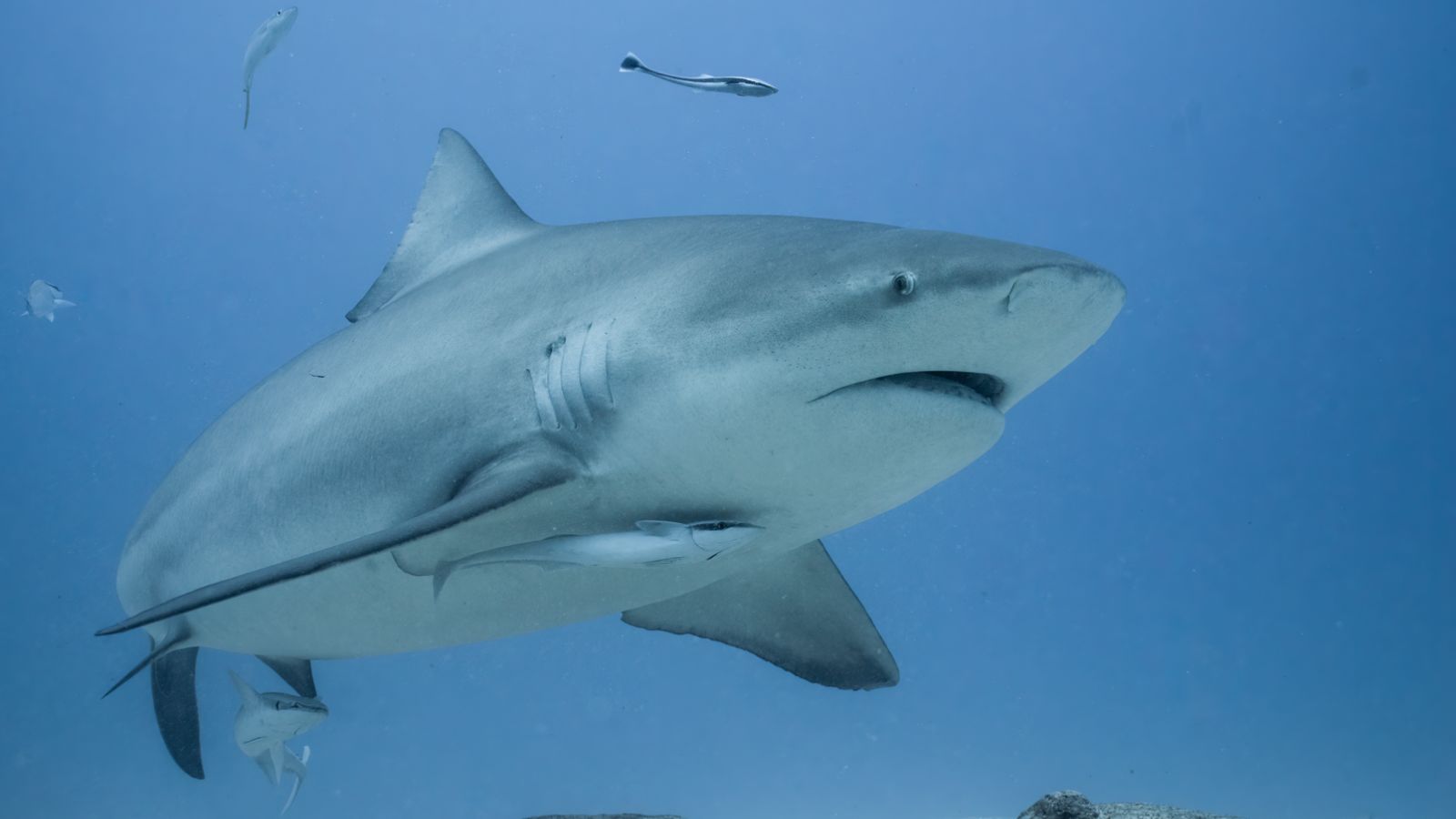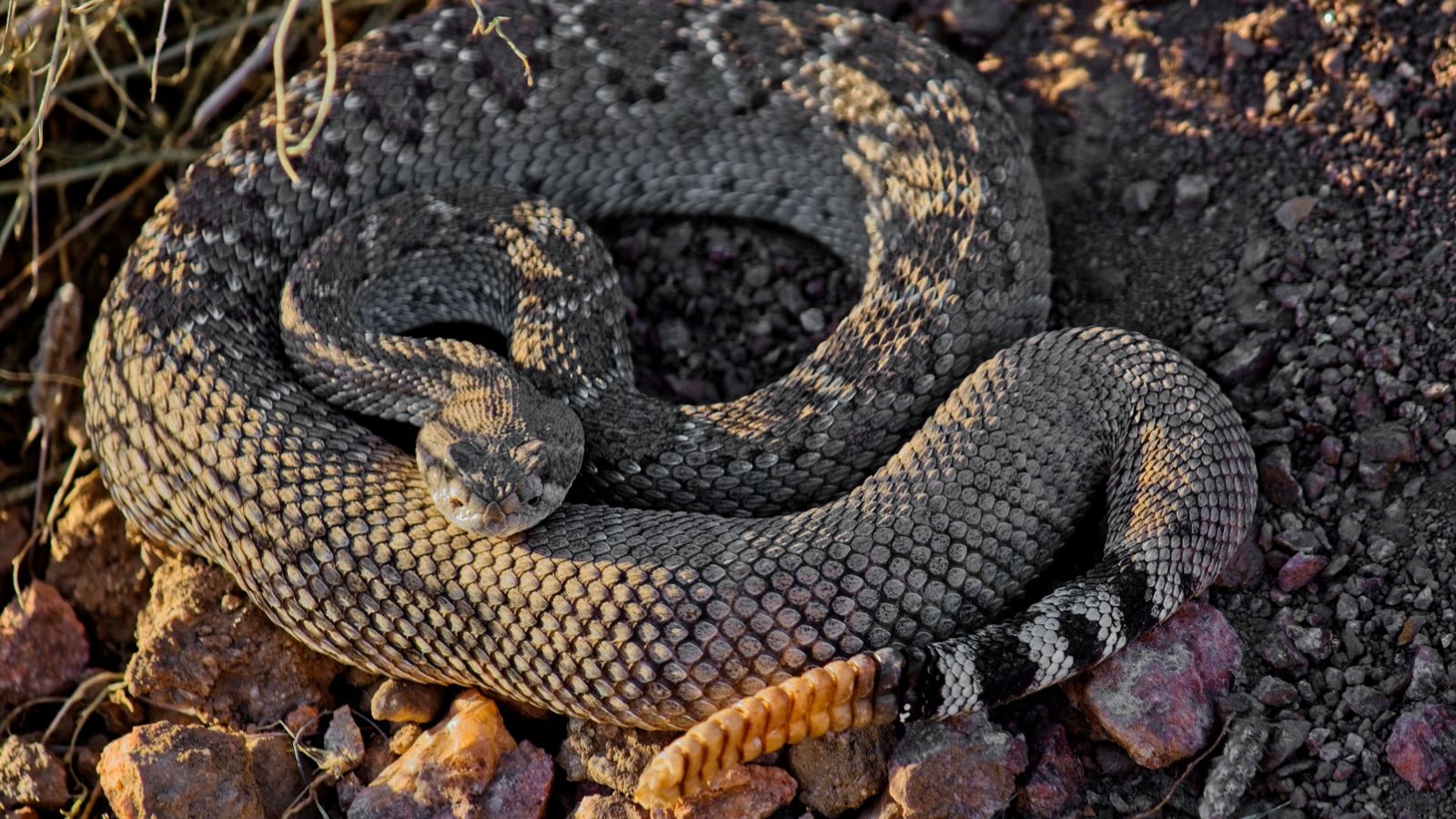North America is home to many majestic animals, like the bald eagle and Canadian lynx. However, it also houses some of the most dangerous creatures on the planet. From one you keep in your home to one that kills you unintentionally, here are 17 animals found in North America that pose the most threat to your life.
Coyotes

Coyotes are responsible for 140 documented attacks on humans. Most of these attacks occur where they’ve been made comfortable interacting with humans and have lost the fear of coming close to us. They may be less intimidating canines than wolves, but coyotes have been linked to two deaths in North America.
American Black Bears

Three feet tall on all fours and 7 feet tall standing on their back legs, the black bear is a terrifying 400-pound creature you don’t want to mess with. Although they aren’t naturally aggressive toward humans, black bears still kill at least one American every year.
Dogs

Our furry best friends are responsible for over 4.5 million attacks a year. Pit bulls, with a bite force of up to 330 PSI, are involved in the most attacks in the US, and, as Forbes shares, some of these attacks are fatal. There are generally up to 50 deaths from dogs every year.
Mountain Lions

Attacks from mountain lions are rare, and only 126 have been documented in Canada and the US within the last century. The catch with them, however, is that, with 27 resulting fatalities, they have a higher kill per attack rate than many on our list. The best way to escape an encounter is to stay calm and slowly back off, which is understandably difficult to do.
Great White Shark

The great white shark has a reputation for being the most dangerous shark species, particularly because it’s responsible for the most unprovoked shark attacks in the US. It’s a 15- to 20-foot-long predatory machine that was responsible for five deaths in 2023.
Bull Sharks

The National Geographic shares that “many experts consider bull sharks to be the most dangerous sharks in the world.” Bull sharks complete a trinity of deadly sharks (with the great white and tiger sharks) that are responsible for the most unprovoked shoreline attacks on Americans.
Rattlesnakes

Whether it’s the prairie, diamondback, or timber rattlesnake, the rattle sounds they make are enough warning for you to keep off. Rattlesnakes have venom that’s either hemotoxic (attacks cells), anticoagulant (causes internal bleeding), or neurotoxic (attacks the nerves). Responsible for 10 to 15 deaths a year, their victims are advised to seek help within two hours or risk dying within two days.
Eastern Coral Snakes

The eastern coral snake reserves potent neurotoxins in its fangs that, in less severe cases, only lead to inflammation and swelling. When left unattended to, victims risk experiencing nerve palsy, respiratory muscle weakness, respiratory paralysis, and death. They are mostly found along the southeastern coasts between North Carolina and Louisiana.
Wolves

Wolves are thirty-inch-tall, six-foot-long predators that are deadly both when alone and in a pack. There are 60,000 in North America, and they grow to weigh as much as 100 pounds or even more. Although fatalities from them are rare, there have been two deaths recorded in the past two decades.
Alligators

Alligators are prehistoric killers with a bite force of 2000 PSI—a force stronger than that of dogs and lions put together. Since 1948, when they’ve been documented, there have been 460 alligator attacks in the US, 26 of which resulted in fatalities, as The Independent reports.
Africanized Honey Bees

Nicknamed “killer bees,” Africanized honey bees (AHBs) aren’t more venomous than other species of bees in North America. They’re, however, more deadly due to the numbers in which they attack. A swarm of AHBs contains between 1,500 and 50,000 members, and they only need 1,000 stings to kill an adult human. There’s an estimated 100 deaths from them each year.
Yellow Jacket Wasps

Yellow jackets are aggressive wasps with venomous toxins that cause extremely painful swellings and inflammations. In the worst cases, victims experience severe infections, blood poisoning, and life-threatening anaphylaxis (allergic) reactions. They’re more aggressive than honeybees and one of the most common wasps you’ll find in your backyard.
Northern Giant Hornets

The northern giant hornets aren’t aggressive towards humans. But they are known to sting when handled, when defending their nests, or when disturbed during a beehive attack. Severe cases of giant hornet stings can lead to an irregular pulse, tongue swelling, kidney failure, and death.
Deer

Deer are arguably the meekest animals on our list, and they cause one of the highest numbers of animal-related deaths in the US—at least, not intentionally. They pose threats through deer-vehicle collisions on the highways, and The Washington Post reports that they are responsible for up to 440 deaths a year.
American Bisons

Unlike deer, deaths from American bison aren’t “unintentional,” and they will attack when provoked. These 2000-pound, five-foot-tall beasts are responsible for 81 injuries and two sad deaths in Yellowstone National Park between 1978 and 2015. Maimed victims are typically people who ignore park rangers’ warnings to not approach them.
Arizona Bark Scorpion

The Arizona bark scorpion is the most poisonous scorpion in North America and is also the only native species that poses a fatal threat to humans. There are thousands of bites in the US each year, but there have been only two deaths recorded from them since 1968. Children and the elderly are susceptible to the more severe reactions.
Black Widow Spiders

These tiny 1.5-inch-long arachnids have venom that’s 15 times more potent than that of rattlesnakes, according to National Geographic. Thankfully, they don’t always inject their victims with venom, and most of their bites, typically from female black widows, are just extremely painful.
More From Planning To Organize: 19 Things That Will Happen When You Stop Drinking Alcohol

Whether you identify as an alcoholic or a casual drinker, alcohol can have a significant negative impact on your health. This is why more and more people are choosing to go cold turkey for the sake of their well-being. If you’re considering going sober but need a little more convincing, we’ve got you covered. Here are 19 things that will happen when you stop drinking alcohol.
19 Things That Will Happen When You Stop Drinking Alcohol
18 Things Everyone Forgets to Include in Their Will—But Shouldn’t

Wills and estate plans are essential ways to ensure what will happen to your belongings and property when you die or are incapacitated. However, people often forget to include important information in their wills before it’s too late, complicating matters for their descendants. Here are the 18 common things people forget to include in their will.
18 Things Everyone Forgets to Include in Their Will—But Shouldn’t
17 Phrases You Should Never Say to Someone from the South

If you’re planning a trip south of the Mason-Dixon line, you need to brush up on your manners, say “Yes, sir” and “Yes, ma’am,” smile into a mirror, and say “y’all” three times. There are several rules when in the charming South, but not saying these 17 phrases will help you out.
